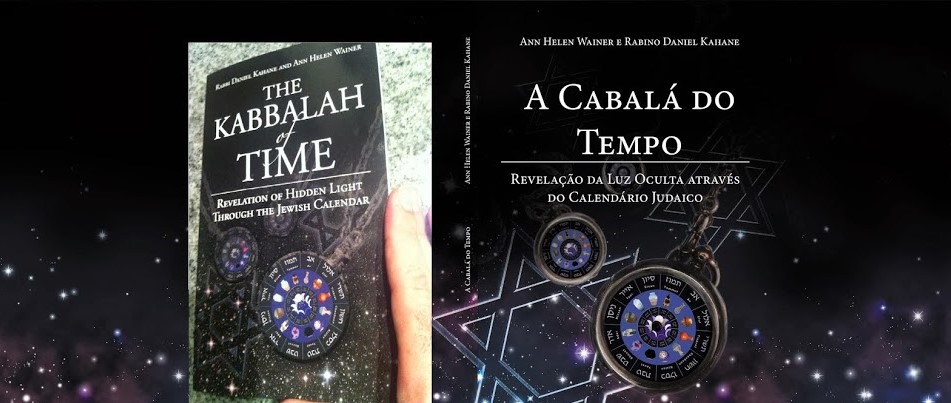PEREK SHIRAH: The camel is saying, “G-d shall roar from upon high and cause His voice to sound forth from
His holy place, His shout echoes profoundly over His dwelling place. (Jeremiah
25:30)
PIRKEI AVOT: Ben Zoma would
say: Who is
wise? One who learns from every man. As is stated (Psalms 119:99): "From
all my teachers I have grown wise, for Your testimonials are my
meditation."
Who is strong? One who overpowers his
inclinations. As is stated (Proverbs 16:32), "Better one who is slow to
anger than one with might, one who rules his spirit than the captor of a
city."
Who is rich? One who is satisfied with his lot.
As is stated (Psalms 128:2): "If you eat of toil of your hands, fortunate
are you, and good is to you"; "fortunate are you" in this world,
"and good is to you" in the World to Come.
Who is honorable? One who honors his fellows.
As is stated (I Samuel 2:30): "For to those who honor me, I accord honor;
those who scorn me shall be demeaned."
SEFIRAH: Gevurah shebeHod (discipline
and judgment within the context of glory and gratefulness)
In the thirtieth week, the last week
of Nissan and the week of Yom HaShoah, Holocaust Remembrance Day, it
is the turn of the camel in Perek Shirah
to proclaim that, “the Lord roars from upon high; His voice is heard from His
holy place; His roar echoes loudly over His dwelling place. (Jeremiah 25:30)
The verse of the camel describes how Hashem
strongly laments the destruction of the Temple. Due to its destruction, the
Jewish people have had to survive for a very long period of time without its
basic source of spiritual sustenance, just like the camel survives for long
periods without water. Nissan is the
month of redemption, both the redemption from Egypt as well as the future
redemption. However, even on Passover itself we have an egg on the Seder plate
as a sign of mourning to remember the destruction of the Temple and that the
final redemption has not yet taken place. This week also marks the yahrzeit of Yehoshua Bin Nun, on the 26th day of this month.
As is explained in the same Midrash cited in week twenty-eight, the
camel represents the Babylonian exile, when the First Temple was destroyed.
Moreover, like the beast of burden, the camel also appears to be a reference to
Yishmael.[1]
As we complete the month of Nissan,
we relive all the exiles and the redemptions that the Jewish people experienced
throughout history, while hoping to soon experience the final redemption that
will take us out of the current exile.
Thirty is an intensification of the
qualities of balance represented by the number three. The number thirty also
has the numerical value of the name Yehudah.
As mentioned previously, Nissan is
represented by the Tribe of Judah. Pirkei
Avot teaches that thirty is also the age of koach, strength and potential. (See
Week 28) At thirty, one is at the height of his or her physical and intellectual
capacity. It was at the age of thirty that the kohanim would begin serving in the Temple. Such strength and
potential are associated with Judah and his descendant, King David, who unlike
Esau, acknowledged and repented from their mistakes, and were able to fully tap
into their capacity for good.
In Pirkei Avot this week, Ben Zoma teaches: "Who is wise? One who
learns from every person; Who is strong? He who conquers his evil inclination
... Who is rich? He who is satisfied with his portion.” This teaching is
closely related to the tragic events that took place during the time of the
Counting of the Omer. The death of Rabbi Akiva’s 24,000
disciples was caused by the difficulty they had in respecting, accepting, and
learning from each other’s interpretations and applications of their master’s
teachings.
The destruction of the Temple and the
exile in which we find ourselves to this day (which includes also the events of
the Holocaust) is due to sinat chinam,
baseless hatred. We will be redeemed from this final exile through ahavat chinam, baseless love for each
individual.
Ben Zoma’s lesson is closely related Yehoshua Bin Nun. He was Moses’ closest
disciple and successor, and yet also could relate to everyone: “on the verse
describing Joshua as ‘a man in whom there is
spirit,’ Sifrei explains “that he was able to meet the spirit of every man.”[2]
Ben Zoma’s second question and
answer, “Who is strong? He who conquers his evil inclination,” also appears
related to the yahrzeit of Joshua.
The Rebbe once said regarding his yahrzeit
that, “On this day, assistance from heaven is granted to become a conqueror,
like Yehoshua Bin Nun, ‘the most prominent of the
conquerors.’"[3]
During this week, we prepare for the conquests related to the following month (Iyar), and learn to become strong
conquerors like Joshua.
In this week, the combination of sefirot results in gevurah shebehod. The Counting of the Omer,
especially after the end if Passover and the month of Nissan, marks a period of service to G-d that can be potentially
difficult, requiring both strength and discipline in order to conquer our evil
inclination.
An additional lesson that we can
extract from the words of the camel is that we must always remember our mission
in the world: to create a dwelling place for G-d in this world, starting by
creating a sacred space for Him within ourselves.
[1] Talmud, Brachot 56b (where the description of a
dream with a camel follows description of a dream with Yishmael); Midrash Asseret Melachim, Midrash Pitron Torah
[2] Tanya, Compiler’s
forward
[3] From the Rebbe’s
Letters, available at: http://www.sichosinenglish.org/books/letters-rebbe-2/07.htm
